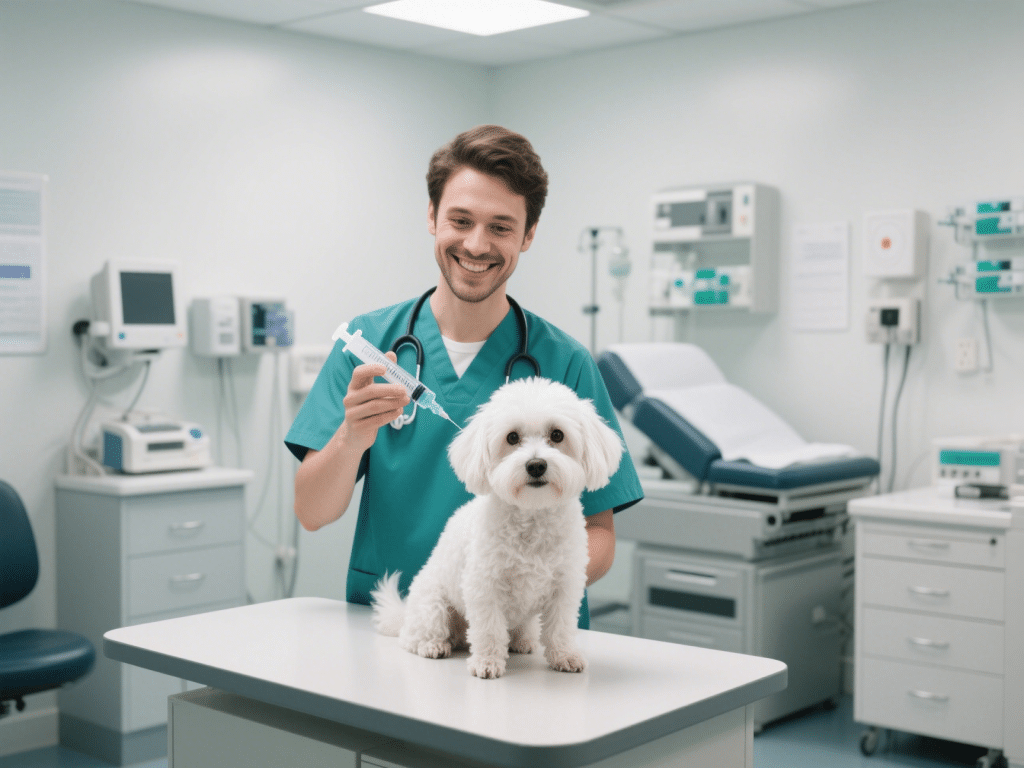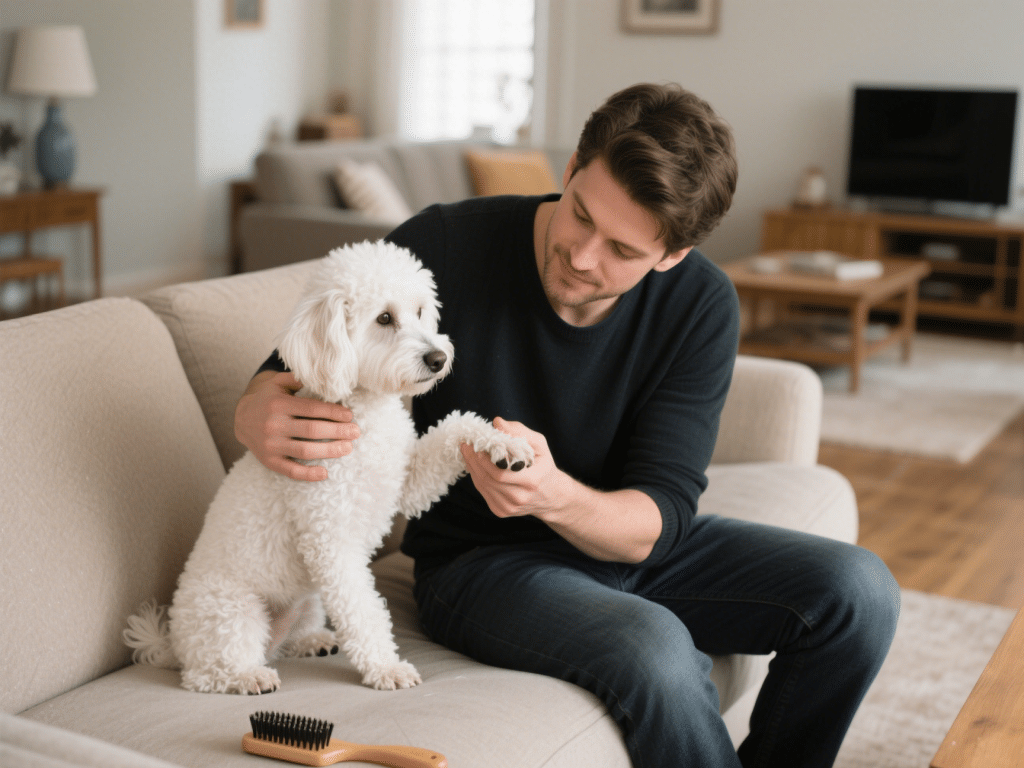
Introduction
Rabbit dental disease is common due to continuously growing teeth. If left untreated, malocclusion, abscesses, or gastrointestinal stasis can occur. Recognizing early warning signs and implementing preventative care can safeguard your rabbit’s health and quality of life.
1. Common Signs of Dental Disease
Overgrown Teeth and Spurring: Regularly inspect your rabbit’s incisors and molars. Overgrowth appears as crooked or elongated front teeth, while spurs feel like sharp points on molars.
Drooling and Wet Chin: Excessive salivation may collect on the fur beneath the chin. A wet, matted coat can indicate oral discomfort or inability to chew properly.
Reduced Appetite and Weight Loss: Difficulty chewing leads to selective eating or anorexia. Monitor daily food intake and weigh your rabbit weekly to track changes.
Unilateral Eye Discharge: Abscesses in the upper jaw can drain into nasal passages or eyes. Watery or pus-like discharge from one eye warrants immediate veterinary attention.
Tooth Grinding or Bruxism: Soft grinding sounds (bruxism) often indicate pain or discomfort. Differentiate this from contented purring-like grinding.
2. Causes and Risk Factors
Inadequate Diet: Low-fiber, high-carbohydrate diets fail to provide necessary abrasive action to wear teeth down.
Genetic Predisposition: Some breeds (e.g., English lops, Dwarf Hotots) are prone to malocclusion due to cranial structure.
Trauma or Infections: Facial trauma can misalign teeth; dental infections weaken the tooth root and jawbone.
3. Preventative Care Strategies
High-Fiber Diet Emphasis: Provide unlimited timothy hay or grass hays. Hay’s abrasive texture naturally wears down molars and premolars.
Leafy Greens and Vegetables: Offer a variety of fibrous greens (e.g., romaine, kale, cilantro) to supplement nutrition and encourage chewing.
Regular Veterinary Check-ups: Schedule biannual oral exams to detect early overgrowth or abscess formation. X-rays can identify root elongation.
Chew Toys and Safe Branches: Provide untreated apple or willow branches to encourage gnawing and promote dental wear.
Monitor Weight and Behavior: Maintain a daily log of eating habits and stool output. Early intervention prevents progression.
4. Treatment Options
Dental Trimming or Filing (Odontoplasty): Veterinarians may trim overgrown incisors or file molar spurs under sedation.
Abscess Management: Abscesses often require lancing, flushing, and targeted antibiotic therapy. Chronic cases might need surgical removal.
Dietary Adjustments: Transition to softer, easily chewed pellets temporarily if chewing is painful, but maintain hay access.
Conclusion
Proactive dental hygiene and regular veterinary care are critical to preventing dental disease in rabbits. By recognizing early signs—such as drooling, reduced appetite, or tooth overgrowth—and providing a high-fiber diet, you can minimize risks and ensure your rabbit’s long-term health.









Comments on "Signs of Dental Disease in Rabbits and Preventative Care" :